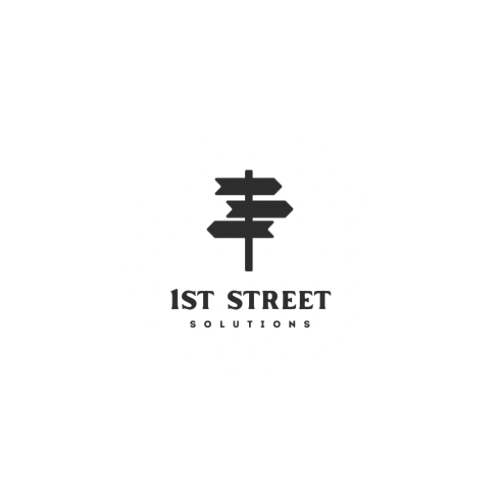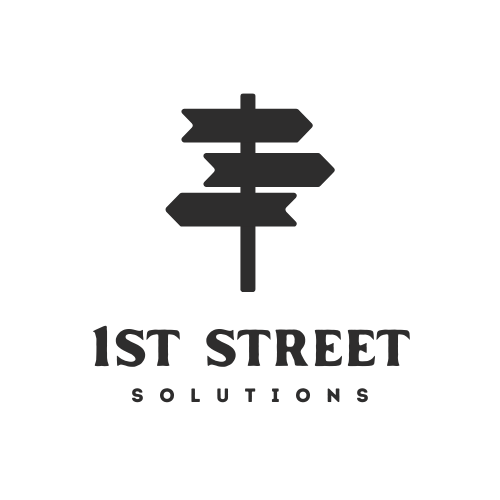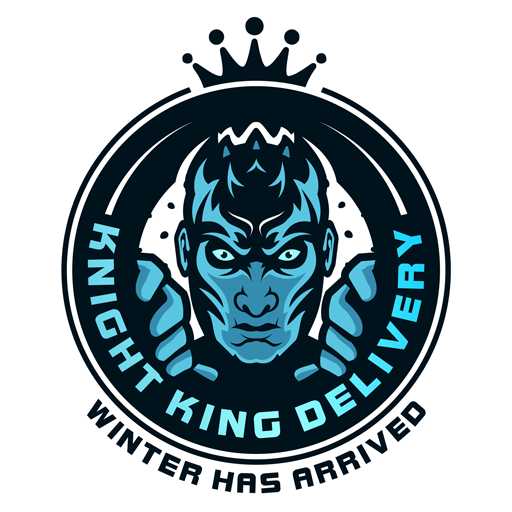Why Cybersecurity Strategies Must Evolve
Cybersecurity has shifted from being an IT concern to a business-critical priority. Modern enterprises operate in a highly connected ecosystem where cloud platforms, remote work, and digital supply chains dominate. While these advances drive productivity and growth, they also introduce new vulnerabilities that attackers exploit with increasing sophistication.
The Rising Cost of Cybercrime
According to Cybersecurity Ventures, global cybercrime costs are projected to reach $10.5 trillion annually by 2025. For organizations, the financial burden comes not only from direct breaches but also from reputational damage, regulatory fines, and business disruption.
Gaps in Legacy Security Operations
Traditional security models rely on perimeter defenses like firewalls and VPNs. But with data moving to the cloud, remote work, and IoT proliferation, the perimeter has effectively disappeared. Legacy SecOps approaches struggle to keep pace with today’s attack vectors.
Business Impact of Weak Security Posture
A single breach can erode customer trust, halt operations, and cause long-term brand damage. Modern enterprises must embrace AI-powered SecOps and Zero Trust Network Access (ZTNA) solutions to stay resilient against evolving threats.
Defining SecOps in the Enterprise Context
SecOps, or Security Operations, integrates IT operations with cybersecurity to ensure that businesses can detect, analyze, and respond to threats without disrupting workflows.
Core Functions of Security Operations Centers (SOCs)
Threat monitoring across networks, endpoints, and applications
Incident response to contain and mitigate attacks
Forensics and investigation to understand root causes
Compliance management to meet legal and regulatory standards
Challenges Faced by Traditional SecOps Teams
Alert fatigue from overwhelming volumes of data
Slow response times due to manual processes
Limited scalability as hybrid and cloud environments expand
These challenges make AI-powered SecOps not just an upgrade but a necessity.
Introducing AI-Powered SecOps
AI-powered SecOps combines traditional security operations with artificial intelligence and machine learning to create a smarter, faster, and more proactive defense system.
How AI Augments Human Analysts
AI reduces the burden on analysts by filtering false positives, correlating threat data, and suggesting remediation steps. Instead of chasing every alert, human teams can focus on high-priority incidents.
Key Capabilities: Detection, Response, and Prediction
Detection: AI identifies anomalies in real time across large datasets.
Response: Automated playbooks neutralize common threats instantly.
Prediction: Machine learning models forecast potential attacks before they happen.
Benefits of AI-Powered SecOps for Enterprises
Faster incident detection and response
Lower operational costs through automation
Stronger compliance management
Improved scalability across hybrid and cloud systems
Understanding Zero Trust Network Access (ZTNA)
ZTNA is a security model that enforces the principle of “never trust, always verify.” Instead of assuming trust once inside the network, every request is continuously validated.
Core Principles of Zero Trust
Identity verification: Authenticate every user and device.
Least privilege access: Limit access strictly to necessary resources.
Continuous monitoring: Validate trust at every stage of interaction.
How ZTNA Differs from Legacy Access Controls
Unlike VPNs, which grant broad access, ZTNA Solution provides granular, resource-level permissions. Even if attackers compromise a credential, they can’t move laterally within the system.
Use Cases of ZTNA in Enterprise Security
Secure remote workforce access
Protection of critical workloads in multi-cloud environments
Compliance with data privacy regulations
Segmentation of sensitive data environments
Why AI-Powered SecOps and ZTNA Are Better Together
AI-powered SecOps and ZTNA may be powerful on their own, but their real strength comes from integration.
Unified Threat Detection and Access Control
ZTNA restricts who can access resources, while AI continuously analyzes behavior. Together, they prevent both external and insider threats.
Continuous Risk Assessment with AI
AI adapts ZTNA policies in real time. For example, if a user logs in from an unusual location, the system can demand multi-factor authentication or block access entirely.
Enhancing Remote and Hybrid Work Security
As employees work from anywhere, ZTNA ensures secure connections, while AI identifies suspicious login attempts and potential account takeovers.
Adoption Roadmap for AI-Powered SecOps and ZTNA
Enterprises often struggle with implementation due to the complexity of modern IT environments. A structured roadmap ensures smoother adoption.
Step 1: Assess Security Gaps and Maturity
Evaluate your current security posture and identify weaknesses in monitoring, access control, and response.
Step 2: Deploy AI-Driven Security Analytics
Implement AI-powered SIEM and SOAR solutions for real-time monitoring, anomaly detection, and automated response.
Step 3: Implement ZTNA Across Environments
Replace or augment VPNs with ZTNA to secure cloud, on-premises, and hybrid applications.
Step 4: Continuous Optimization with AI Insights
Use AI analytics to refine access policies, improve incident response workflows, and proactively strengthen defenses.
Overcoming Barriers to Adoption
Skills Shortage and Training Needs
Many organizations face a shortage of cybersecurity talent. Upskilling existing staff and leveraging managed services can bridge this gap.
Budget Constraints and ROI Justification
AI and ZTNA investments may seem costly, but they reduce long-term risks by preventing breaches, lowering compliance fines, and streamlining operations.
Aligning AI and ZTNA with Compliance
Adoption must align with industry regulations. Fortunately, both AI-powered SecOps and ZTNA improve compliance by offering better visibility and control.
Future Outlook for Enterprise Security
The future of cybersecurity will be defined by automation, intelligence, and zero trust principles.
Autonomous Security Operations Centers (ASOCs)
Organizations are moving toward self-learning SOCs that autonomously detect, analyze, and respond to incidents.
Expanding Role of AI in Regulatory Compliance
AI will help organizations automatically flag compliance violations and generate audit-ready reports.
ZTNA as a Foundation for Cloud-Native Security
ZTNA will become the default access control model, especially for organizations moving workloads to cloud-native platforms.
FAQs About AI-Powered SecOps and Zero Trust
Q1. How do AI-powered SecOps reduce security risks?
By automating detection and response, AI eliminates human error and reacts faster to emerging threats.
Q2. Is ZTNA a replacement for VPNs?
Yes, in many cases. ZTNA provides more secure and granular access controls than traditional VPNs.
Q3. Can AI and ZTNA work with legacy systems?
Yes. Most modern solutions are designed to integrate with hybrid infrastructures, supporting both on-premises and cloud environments.
Q4. How does AI help with compliance requirements?
AI-powered SecOps provides automated logging, reporting, and monitoring, which simplifies compliance with regulations like GDPR and HIPAA.
Q5. Are AI-powered SecOps suitable for small businesses?
Absolutely. Cloud-based AI security tools and managed services make advanced capabilities accessible even for SMBs.
Q6. What’s the biggest advantage of combining AI with ZTNA?
The combination provides both proactive detection and strict access control, dramatically reducing the likelihood of successful breaches.







